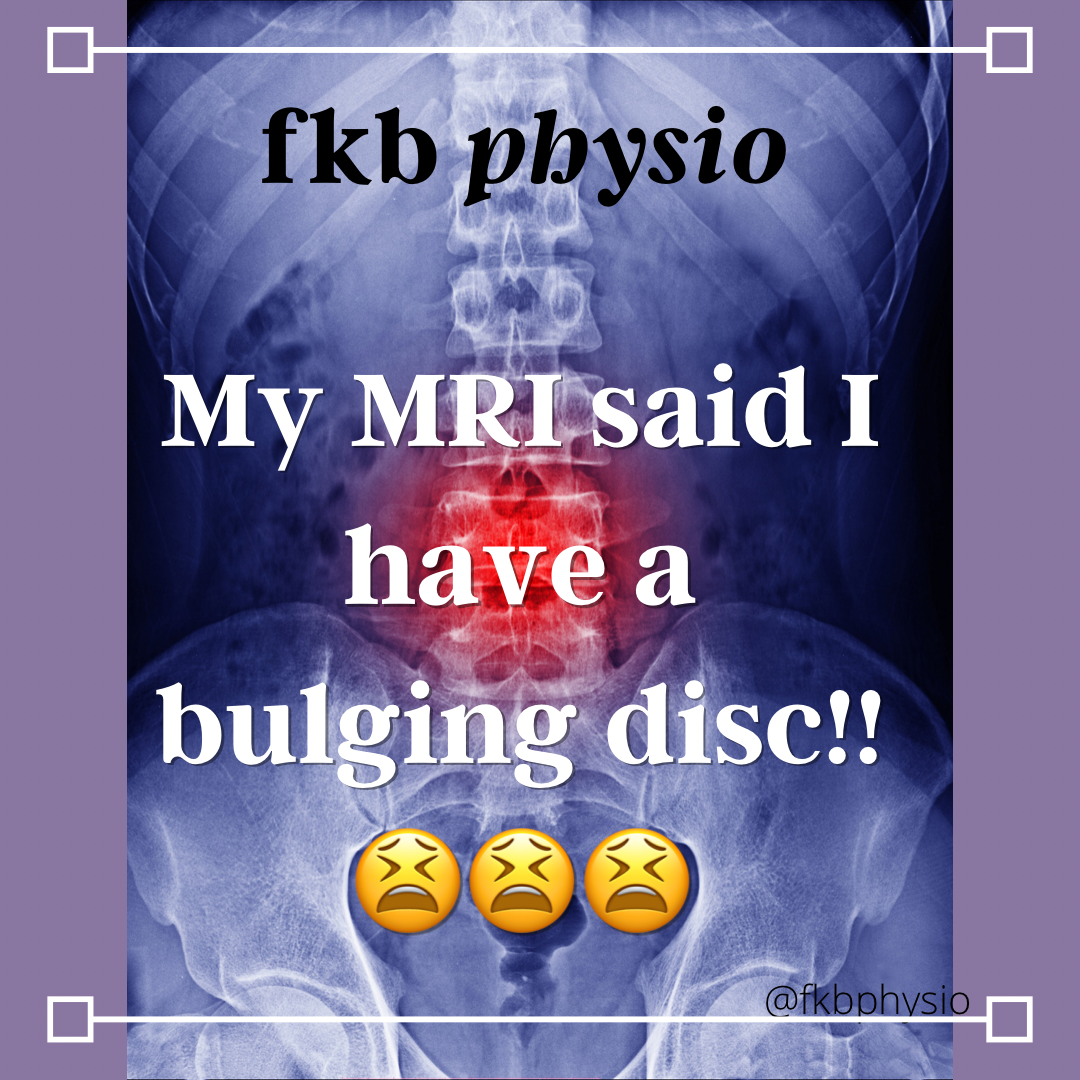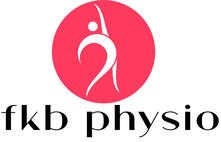How low back pain is managed can dictate its chronicity
Which of these sounds like you?

HYPOTHETICAL: NEGATIVE PAIN EXPERIENCE LEADING TO CHRONIC SYMPTOMS
Imagine this. A fit and active young person hurts their back. Feels a giant terrifying snap and extreme pain. Goes to the hospital, gets an MRI which shows a disc bulge. Told it isn’t serious, yet, but it could get worse, and could progress onto the nerves, causing pain in the legs which might require surgery. Is told to go home and wait for it to get better, and if not return to see a surgeon.
Person goes home and googles back pain. Learns that flexion makes the soft inside of the discs ‘explode backwards’ like a jam donut. Thinks this will happen and lead to needing surgery. Becomes petrified of bending forward. Takes to bed for a few days to help the extreme pain go down, as the intensity of the pain must be linked to the severity of the injury.
While lying in bed, person becomes deconditioned, which happens rapidly if you stay lying down a lot. The person finds even any tiny forward bending hurts and is petrified that means more damage is done. Stops bending forward. Back starts to hurt all over, all of the time due to being super stiff and rigid, and now hurts even to stand up, as has lost strength to stay up for long periods against gravity.
Back still hurts 6 weeks later, when it should have healed. By this time this person has had the whole time off work, unable to tolerate sitting up at a desk and having been told sitting is bad for disks. Has quit the gym as knows lifting will make the disc bulge more. Has started to feel depressed and isolate from friends, telling everyone that they have ‘totally stuffed up their back’ and starting to panic about maybe needing surgery.
HYPOTHETICAL: POSITIVE PAIN EXPERIENCE REDUCING RISK OF CHRONIC SYMPTOMS
Now imagine the same person from the scenario I posted a few days ago. A fit and active young person hurts their back. Feels a giant terrifying snap and extreme pain. Goes to the hospital. Is advised that there are no ‘red flags’ and that while the pain is severe, the injury is unlikely to be anything serious, the pain is related to inflammation. Person feels relieved, and pain even feels a little better knowing that there is nothing serious going on. Person is referred for physiotherapy to guide them back to movement safely.
Physiotherapist tells the patient that it is safe to keep moving as normal, even to bend and twist, as avoiding these movements is likely to make the back even more sensitive if it is to move in that direction. The patient is advised to try to stay active and avoid trying to sit up excessively straight, or hold their back rigid, as these things can make the whole back feel sore due to muscular fatigue.
The physio also shows the patient all the movements at the gym that are still ok to do, even in the acute phase of low back pain. The patient does a few of her usual gym exercises, gets some endorphins, realises she isn’t ‘broken’, and feels optimistic!
After a few days, the acute inflammation is less, and while the patient feels a bit stiff, she can still do 90% of her gym workouts, which helps her to feel strong and in control. After a few weeks, she gradually starts introducing the exercises she was initially told to avoid, and finds that after a few weeks of this, she is back to normal.
Obviously these are invented scenarios and the second one is very “textbook”. But both things happen. The EXACT same injury can literally end up as polar opposite as these two presentations at 6 weeks.
Does this resonate with you? Feel free to leave a comment or get in touch!

